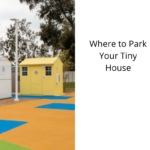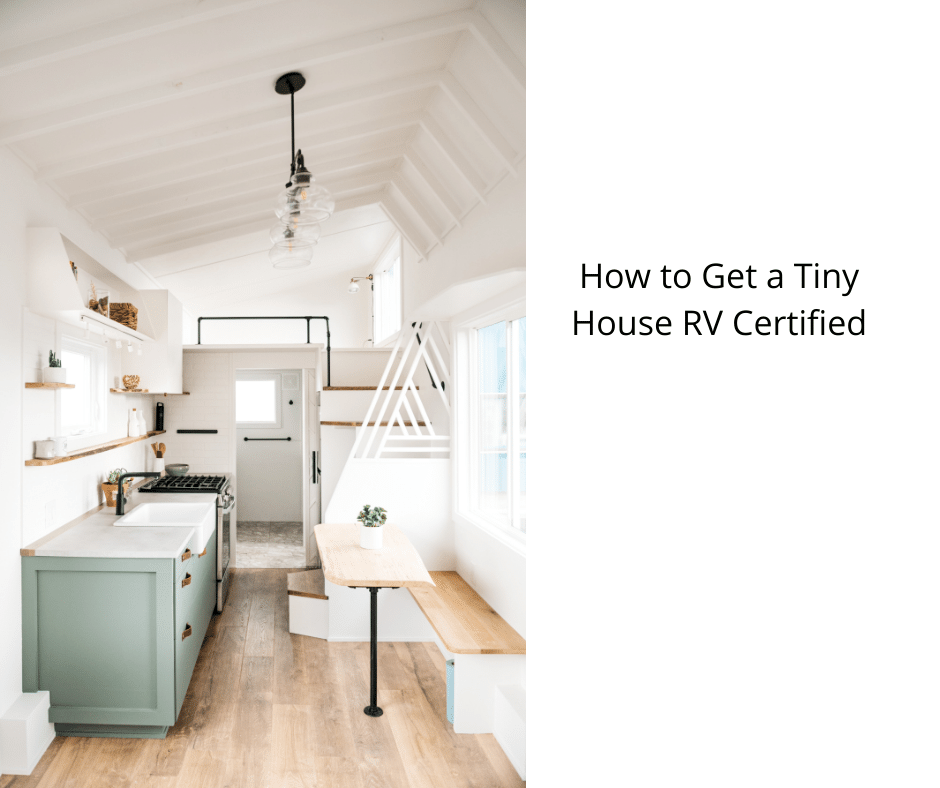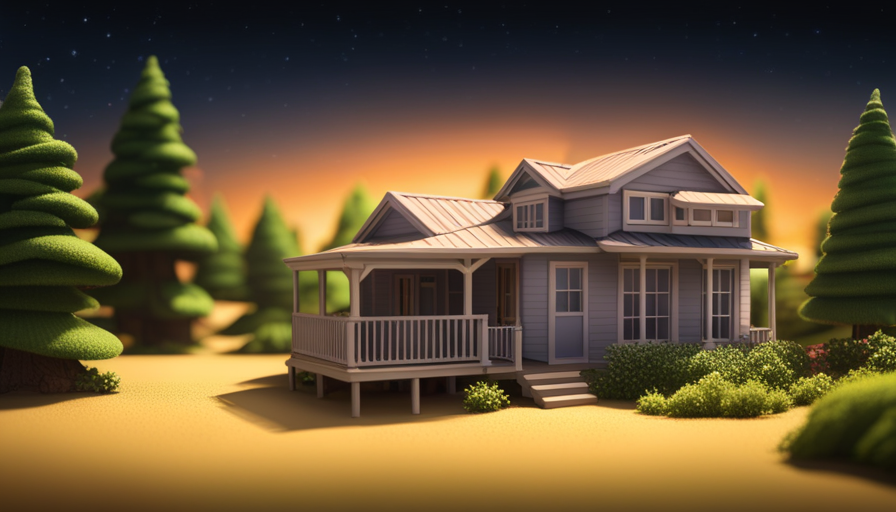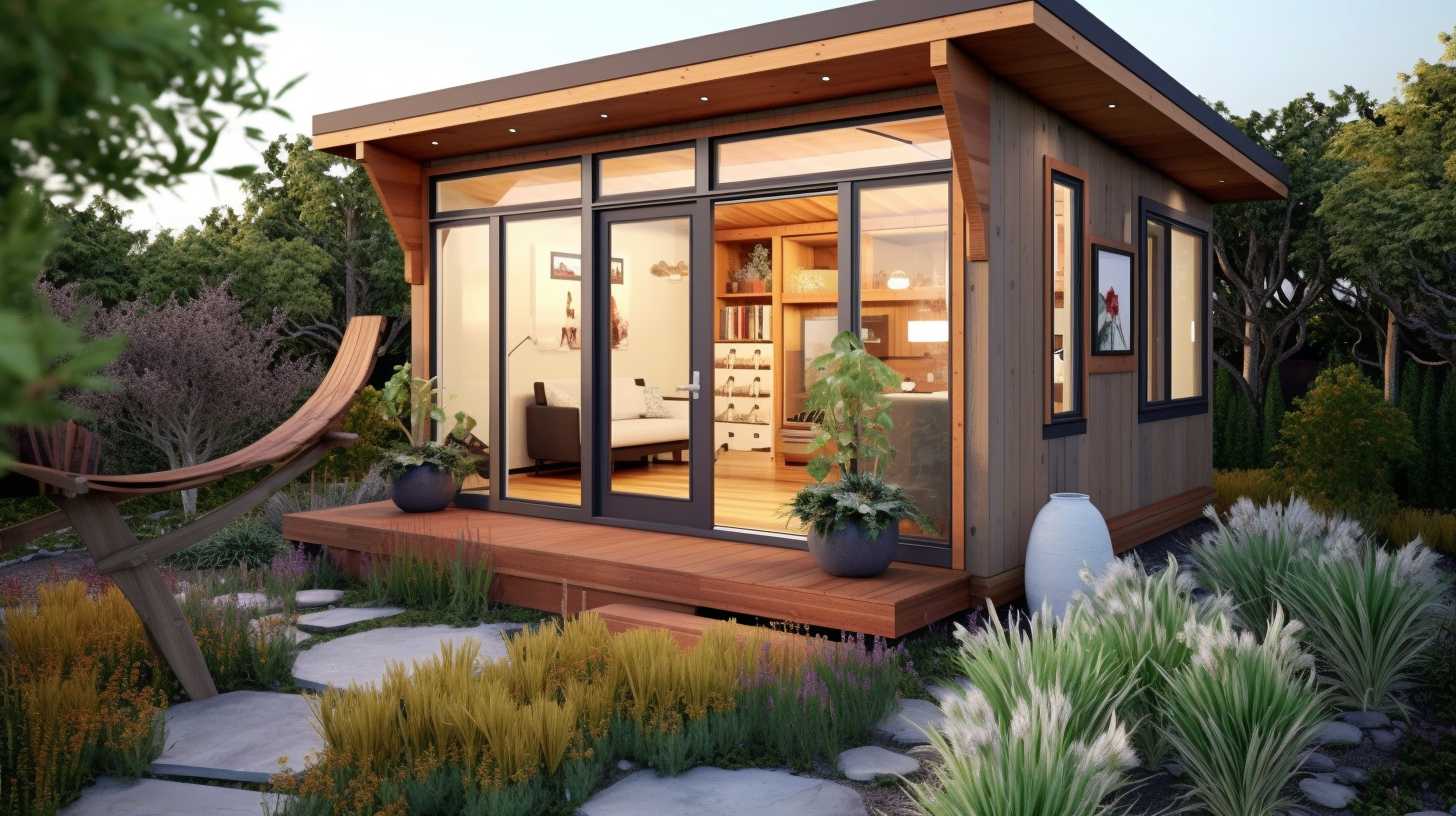If you are looking to build a small house on your property or live in one, it is important to ask, “Do tiny houses need planning permission?” The need for permission will depend on your goals, the size of the house, and the rules in your area. In most cases, tiny houses do not need planning permission. However, they may still pose challenges for living despite not usually being subject to zoning laws. Learn more about this here.
Smaller than 320 Square Feet
To build a tiny home, you must have planning permission. In most places, you need permission if your home is smaller than 320 square feet. There are different rules depending on the type of tiny home. Some states may require getting a permit before building one, while others do not. In Maine, tiny homes that are 320 square feet or smaller must have the proper permissions. In Maine, tiny homes are legal if the plot has clearance on all sides.
The building regulations for tiny homes are more complex than those for conventional homes. These regulations vary between areas, and houses on wheels may require less planning permission than houses on foundations. The International Residential Code provides guidelines for building safe homes and encourages energy-efficient practices. The IRC has more information about planning permission. It is worth checking the rules and regulations in your area to make sure you are not violating any regulations.
Before building a tiny house, you need to know how to meet the zoning regulations in your community. Municipalities have different zoning codes, and it is important to follow those regulations. If you live in a suburban area, you may need planning permission if you want to build a tiny house in that area. This is because the building code for single-family homes and multi-family homes is different.
The rules for tiny homes vary between cities, but most states require some type of planning permission if they are built on a chassis. In Colorado, the city has loosened some requirements regarding tiny houses. These rules do not include minimum square footage requirements. You will also need to meet some requirements about the kitchen. The minimum height requirements for a kitchen sink are thirty inches, and you must include a bathtub or shower in the bathroom. In most places, you will need to install mechanical equipment for your tiny home.
Appendix Q Rules May Apply
Tiny homes are legal, but you should first check whether Appendix Q rules may apply to your project. This part of your state’s building code governs the construction of tiny houses. Whether or not you can build a tiny home on wheels is another question altogether. Whether the rules apply to your tiny home depends on the state you live in and the location of your tiny house. You should contact your local building department to find out if it’s not on wheels.
The rules for building tiny homes are outlined in Appendix Q, and these houses are exempted from many of the general code requirements. They allow for reduced ceiling heights, stair railings, ladders, loft areas, and emergency escape openings. These rules also address other requirements for tiny homeowners. These homes are tiny if they’re less than 400 square feet.
The new appendix Q rules are aimed at making tiny homes more legal. This document specifies basic requirements for a 400-square-foot home, including minimum ceiling height, egress requirements, and emergency exits. The rules also state the minimum floor area and height requirements. A tiny house on wheels can’t exceed 400 square feet, but it must be permanently mounted to a foundation. It’s important to note that a tiny home can’t be used as a business or a rental.
The rules for tiny homes vary from state to state, so it’s important to check with your local building department to determine the laws in your area. In most states, the state building code will govern construction in a tiny home, but it can be helpful to check if the local code includes the appendix. It’s worth noting that some states are awaiting the adoption of the Appendix Q statewide.
Building Codes Vary by City
There are different rules for building a tiny home depending on where you live. In some cities, you are not allowed to build a tiny house, but in others, it’s completely fine. You just have to make sure that all of the requirements are met. In some cities, building codes for tiny homes are even easier to follow. Here are a few things you should keep in mind when building your tiny home:
You’ll need to consult your local zoning regulations and laws before starting the construction process. In some cities, tiny house builders are allowed to build outside the existing codes, but they should be sure to follow local regulations. There may be certain zones that are not permitted to build tiny homes, or you may even have to apply for a permit before you start building. The best place to start is with the local government to find out what regulations are in place for tiny homes.
While it’s easy to build tiny homes in rural areas, these structures are illegal in most cities. Building codes vary by city and county, so you’ll need to consult your local municipality to see if it’s legal to build a tiny home. In some cities, it’s easier to get approval for a tiny home if you’re building on a foundation. But in some cities, the laws are not as relaxed. A tiny house can’t have a kitchen.
In some states, tiny houses on wheels may not be allowed. This is largely because the building codes for these structures are different. In some states, you can build a tiny house that’s only about 300 square feet or less. However, if you plan to build a tiny house with a minimum of 800 square feet, it’s best to make sure that it has a foundation. Luckily, there are a number of states that have laws that allow tiny homes.
Regulations Vary by State
Before building a tiny home, it’s important to understand the regulations in your area. Zoning regulations govern the use of certain parcels of land. Some are zoned for medical centers, hospitals, or commercial businesses, while others are designated as residential or retail. While you may be able to make changes to local zoning regulations, this process can be difficult and time-consuming. Additionally, some zoning regulations are federally determined, which makes them difficult to change.
Although the tiny house trend is gaining ground in states across the country, there are still restrictions. While tiny houses are becoming increasingly popular in places like Nevada, the state has yet to adopt any specific laws regarding their construction. As a result, the regulations vary widely between cities and counties. In Clark County, for example, the city has no laws specifically for tiny homes, but the local regulations are lenient enough to allow the construction of these buildings.
In North Carolina, tiny home regulations are clear and easy to understand. To build a tiny home, you must have the minimum square footage of 150 square feet for one person and 100 square feet for each additional occupant. You’ll also have to meet local housing ordinances in your area. In addition, any ADU that is constructed must be occupied by a family member or a caretaker. Finally, you’ll have to present a custom-built vehicle for registration.
In Ohio, tiny homes aren’t recognized by construction codes or zoning ordinances, but there’s one state that does. The state recently passed a law that allows the construction of accessory dwelling units on land as long as the primary residence is owned and occupied by a person over the age of sixty-two. In addition, tiny houses may be permitted in some counties in Ohio, but not all.
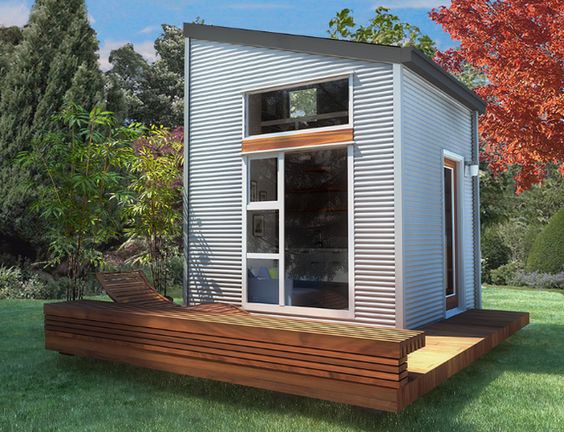
Builders May Need Planning Permission
Before you begin building a tiny home, you should consider your local municipality’s rules. Some areas have stricter requirements than others regarding tiny homes, and builders may need planning permission to construct them in these neighborhoods. Depending on the city, you may also have to follow building codes, determining how much space you’ll be allowed. Some local laws require that rooms be a certain size and may include minimum horizontal dimensions.
You’ll need to check your local zoning and land use regulations to get permits for tiny homes. These laws vary by city and state, so it’s important to know what’s allowed and what’s not. It’s a good idea to seek legal advice if you’re unsure. You may also want to hire a construction contractor who understands the local codes and is familiar with tiny home buildings.
Before you build your tiny home, check your city or county’s building code for the area where you’ll be building. The city will have different requirements when it comes to tiny homes, including minimum room size and electrical segmentation when you build multi-use walls. If trees surround your home, you’ll need to check with your local building department about what kinds of trees are allowed and prohibited. You can also check whether you’ll need to obtain safety permits if you’re planning on building a tiny house.
Hi, I’m Emma. I’m the Editor in Chief of Tiny House 43, a blog all about tiny houses. While tree houses are often associated with childhood, they can be the perfect adult retreat. They offer a cozy space to relax and unwind, surrounded by nature. And since they’re typically built on stilts or raised platforms, they offer stunning views that traditional homes simply can’t match. If you’re looking for a unique and romantic getaway, a tree house tiny house might just be the perfect option.



